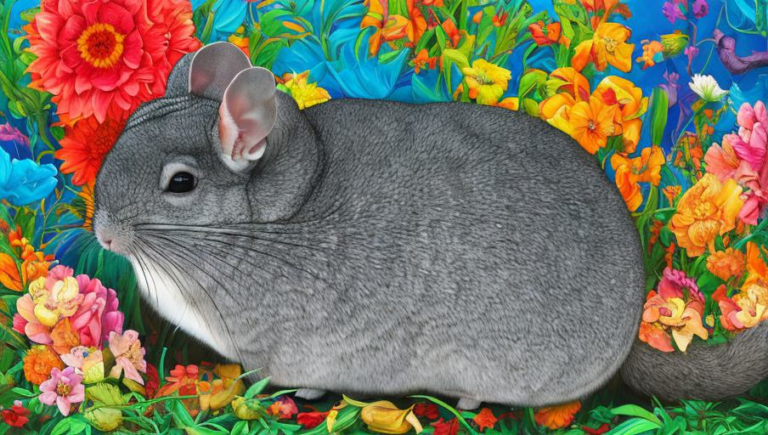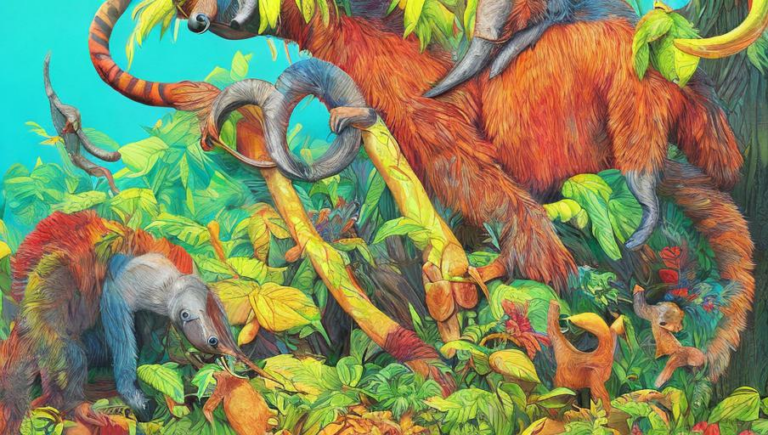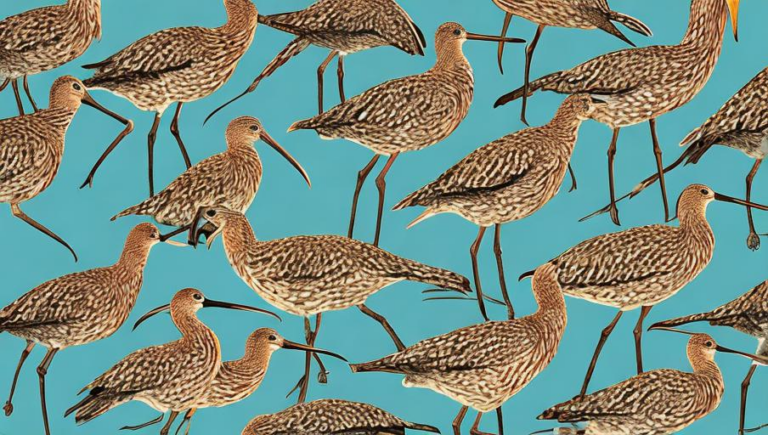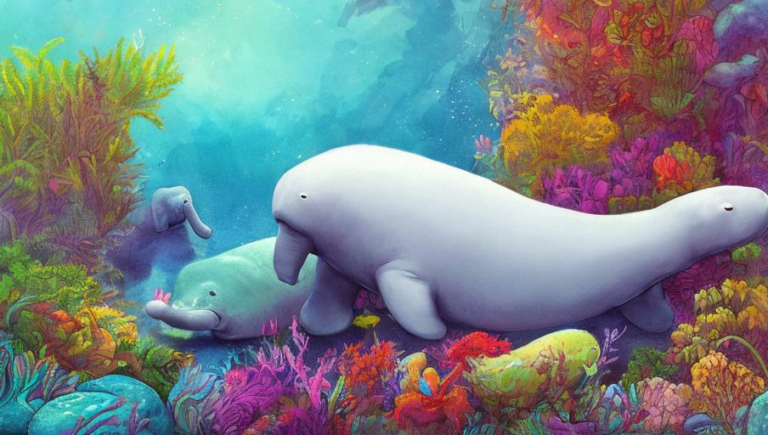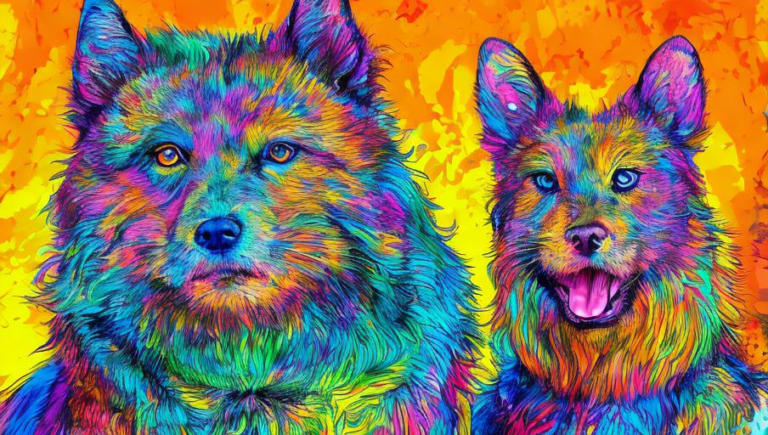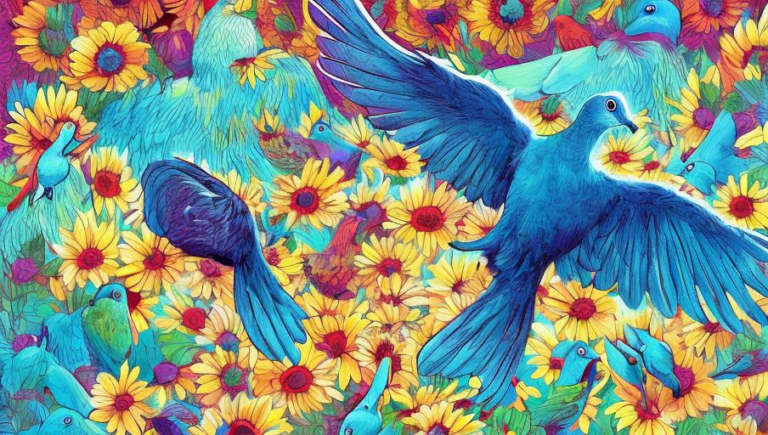Getting to Know the Cassowary
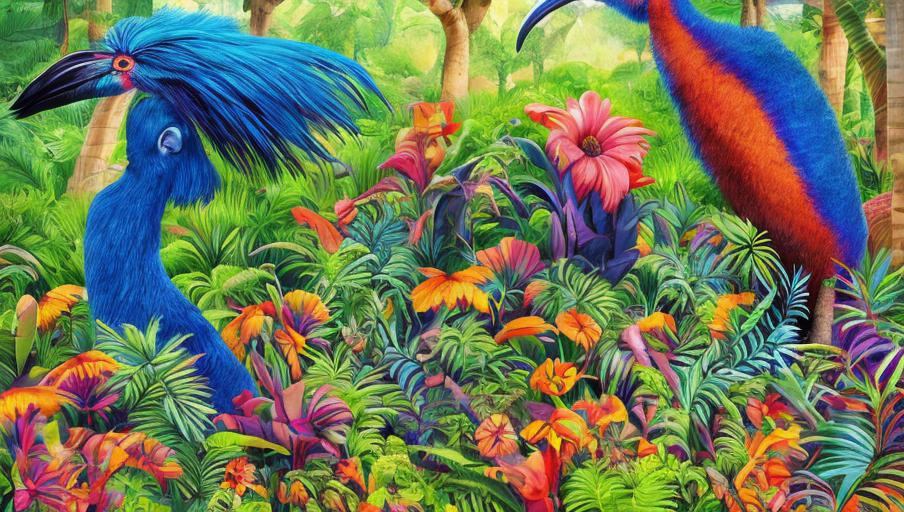
Getting to Know the Cassowary
The cassowary is a large, flightless bird native to Australia and New Guinea. It is the second-heaviest living bird after the ostrich and the second-tallest living bird after the emu. Cassowaries are usually solitary, territorial birds that gather in small groups to feed or travel. They are one of the world’s most recognizable species of bird, with their unique black feathers, long legs, and bright blue neck.
Habitat and Diet
Cassowaries inhabit tropical rainforests and are mainly active during the day. They feed mainly on fruit, fungi, insects, and small animals. They also feed on fallen fruits and seedlings, helping to disperse the seeds and aid in forest regeneration. Cassowaries are important for the ecological balance of their habitats, as they are one of the few animals that can disperse the seeds of some of the largest and toughest fruits in the rainforest.
Behavior and Socialization
Cassowaries are usually solitary, but they will form small groups to travel and feed. When threatened, cassowaries can become aggressive and can strike with their powerful legs and claws. They also have a sharp call that they use to warn other animals of danger. Although they are usually solitary, they are known to form strong bonds with their mates.
Conservation Status
The cassowary is listed as vulnerable by the IUCN Red List. Their populations are declining due to habitat loss, hunting, and competition with other species. Conservation efforts have been put in place to protect their habitats and to create protected areas for their breeding. Additionally, education and awareness campaigns have been launched to bring attention to the importance of protecting these unique birds.
Conclusion
The cassowary is a unique and fascinating creature that plays an important role in its habitat. Its beauty and intelligence make it a creature worth protecting and conserving. By understanding its behavior, diet, and habitat, we can better protect these birds and their habitats for future generations.
